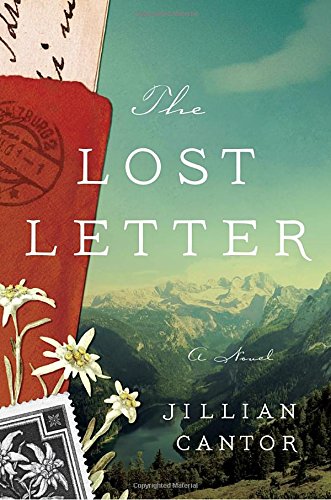The Lost Letter
Kristoff, an orphan, finds apprentice engraver work in the home of a Jewish master stamp engraver (Frederick) outside a village deep in the woods of pre-WWII Austria. Frederick disappears after the 1938 Nazi Kristallnacht horror, leaving behind his wife, Kristoff, and two young daughters.
Katie Nelson, a journalist in Los Angeles, juggles a failed marriage and taking care of her father (Ted), who’s suffering from slow-burning dementia. Throughout his life, Ted collected stamps, talked of finding gems, and hunted them at estate sales and stamp shows. Katie takes his many boxes of stamps and old letters to a stamp dealer. She wants to sell any of value to help pay for Ted’s care and get rid of the rest. The stamp dealer finds one unusual Austrian stamp on an unopened, not-yet-sent envelope with what feels like a letter inside. Both the stamp dealer and Katie try to learn more about the stamp, its history, its value, its engraver, its addressee. The more they each learn, the more questions arise, driving them to uncover even more.
Cantor deftly intertwines the two story lines. She takes readers deep into the Austrian resistance movement and Nazi brutality, into the little-known work of stamp engraving, and into a powerful love story that crosses ages and oceans. Cantor’s prose, often poetic and always easy to read, fits the story. Her interesting historical details and turns of phrase never get in the way of the characters, their fears and yearnings. The true-to-life ending is enthralling.
For WWII history buffs, sometime stamp collectors, and any readers looking for a wonderful story superbly told, The Lost Letter is a must.










